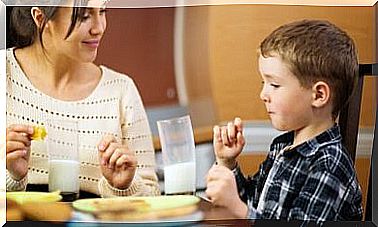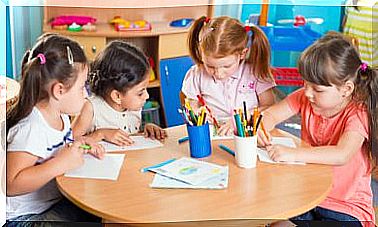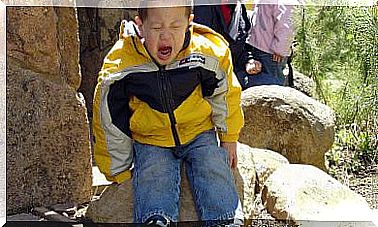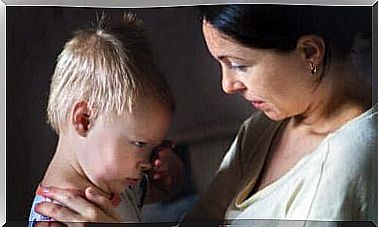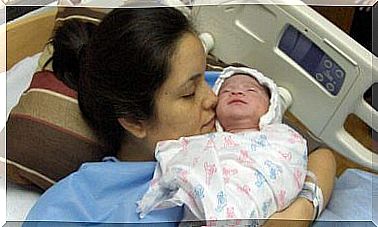Kinesthetic Learning
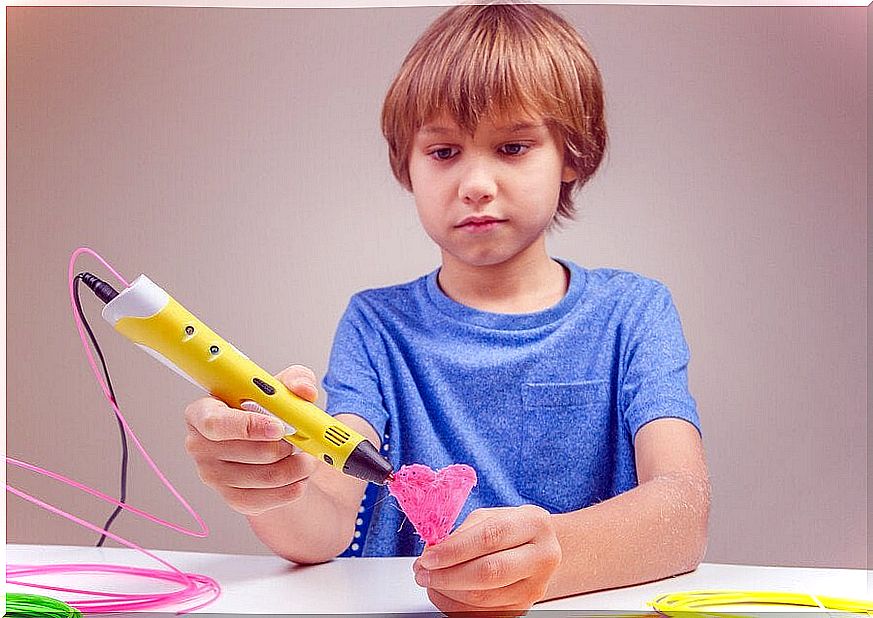
As we grow, we acquire knowledge, teachings and lessons through various methods. That’s why, in order to grow as a person, it’s essential to take advantage of all the available techniques, such as kinesthetic learning.
Learning is the mental capacity through which we acquire different types of skills, techniques and aptitudes. For this to be possible, it is important to have the proper guidance. This will make it much easier to learn. Obviously, the person involved must also be willing to learn, otherwise the effort will be in vain.
The learning process will be successful if the stimuli applied are the most appropriate for each person. Each process information differently, so different stimuli such as study, experience, instruction, reasoning or observation will have a different impact in each case.
Many advances have been made in addressing the issue of learning and developing new human skills. In this article, we’ll talk specifically about kinesthetic learning, which is one of the most used and effective methods.
What is kinesthetic learning?
Kinesthetic learning is achieved thanks to the sensations and movements that the body uses to perform a certain activity. For this type of learning, each person must experience and internalize the movements performed.
For this reason, this technique is sometimes also called tactile learning, as it requires physical contact with the object, action or skill to be learned. Examples of this are riding a bicycle or handling a toy. In these cases, the child learns to use with practice, by getting in contact with the elements.
How is kinesthetic learning put into practice?
For this kind of learning to work, you have to use your body. Muscle memory will remember any type of action a person has taken throughout their lifetime. Therefore, through memories, experiences and unconscious stimuli, it is possible to put this learning into practice.
In kinesthetic learning, it is necessary to use touch, movement, smell and taste, among the many other skills we have. Without them, it is not possible to learn.
To learn through this technique, it is necessary to put dynamics and movements into practice together with emotions and feelings. When you put the content to be learned in the form of fun and playful exercises, the quality of results increases in both children and adults.
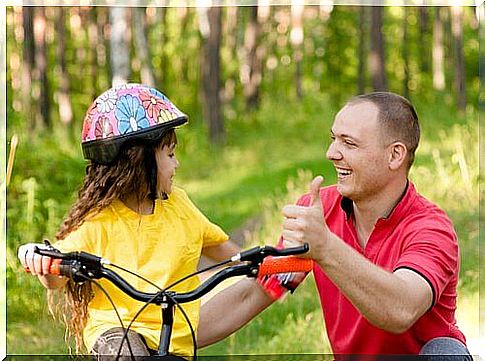
Characteristics of kinesthetic people
People who learn this technique easily tend to be very active and restless. For example, at school, these children often want to walk around the room or do something else while the teacher talks. They find the theory boring, prefer to touch everything and actively participate.
This type of learning is usually much slower than visual or auditory learning. However, knowledge from the result of exploration and practice is easier to remember and lasts longer.
To understand this feature a little more, let’s take an example. Many people can learn by reading, listening to or watching videos. They are usually able to record certain information temporarily, but they will likely forget it in a few days.
This case is very different from when you practice the ability to move your fingers on the keyboard, even without looking. This will not be erased from memory. This learning will be recorded at a deep level, which means that what we learn will be hard to forget.
There are other ways to learn
It’s important to remember that not everyone learns the same way. Perhaps some people can use their sight or hearing to capture and internalize certain things. For this reason, it is important that everyone recognizes which learning method they identify most with. This makes it easier to know which one to apply.
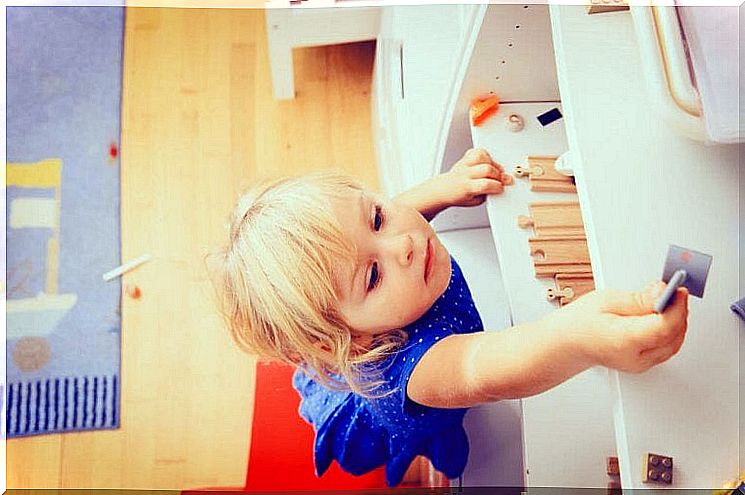
However, this does not imply that the person does not use other methods such as sight or hearing to learn. It just means that, through kinesthesia, she can absorb information more quickly and significantly.
So the questions to ask are: do I learn better by moving and handling things? Do I take things in better with a real object than with an image or listening to its description?
When you take this short quiz and the answers are “yes,” probably your best way to learn is through kinesthesia. In fact, it ‘s one of the best ways to learn for most people: more than 55% of people learn most effectively through this technique.
